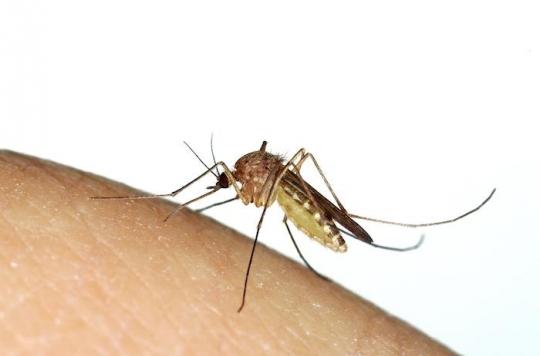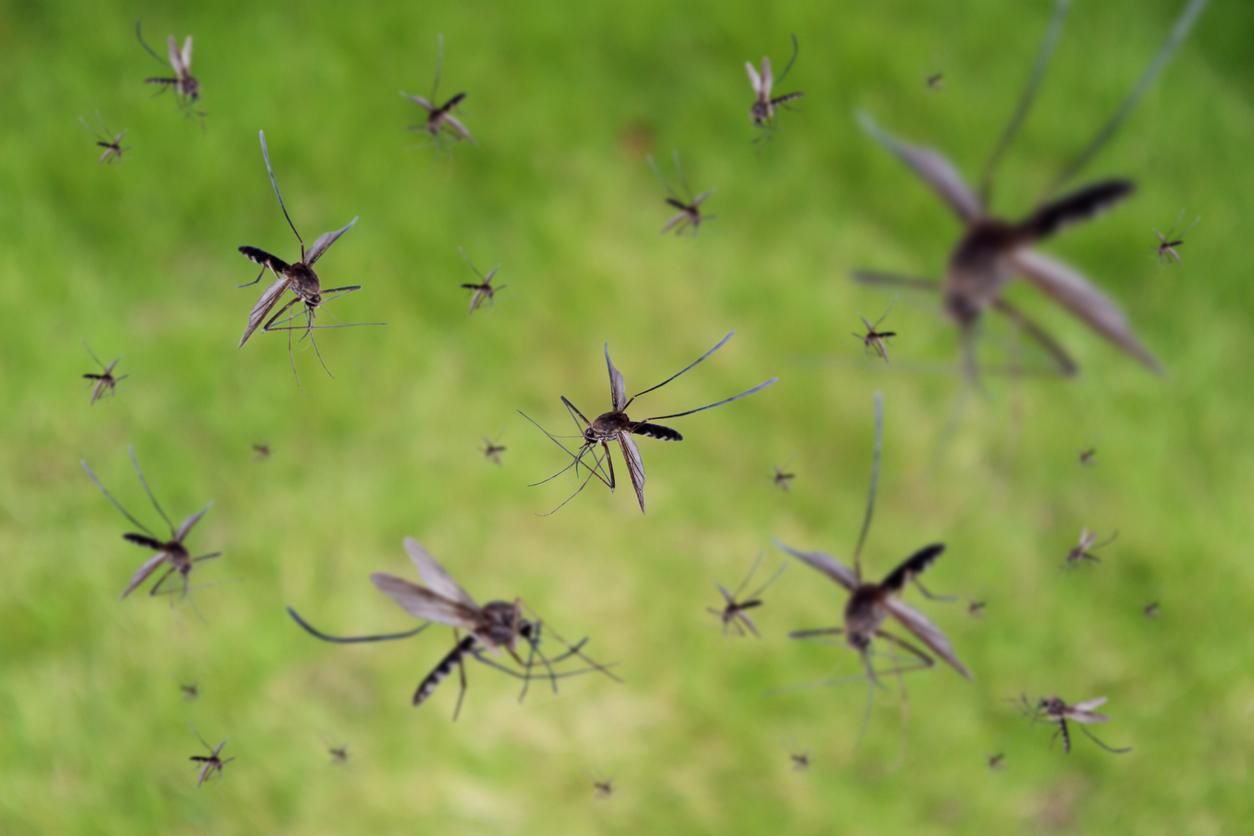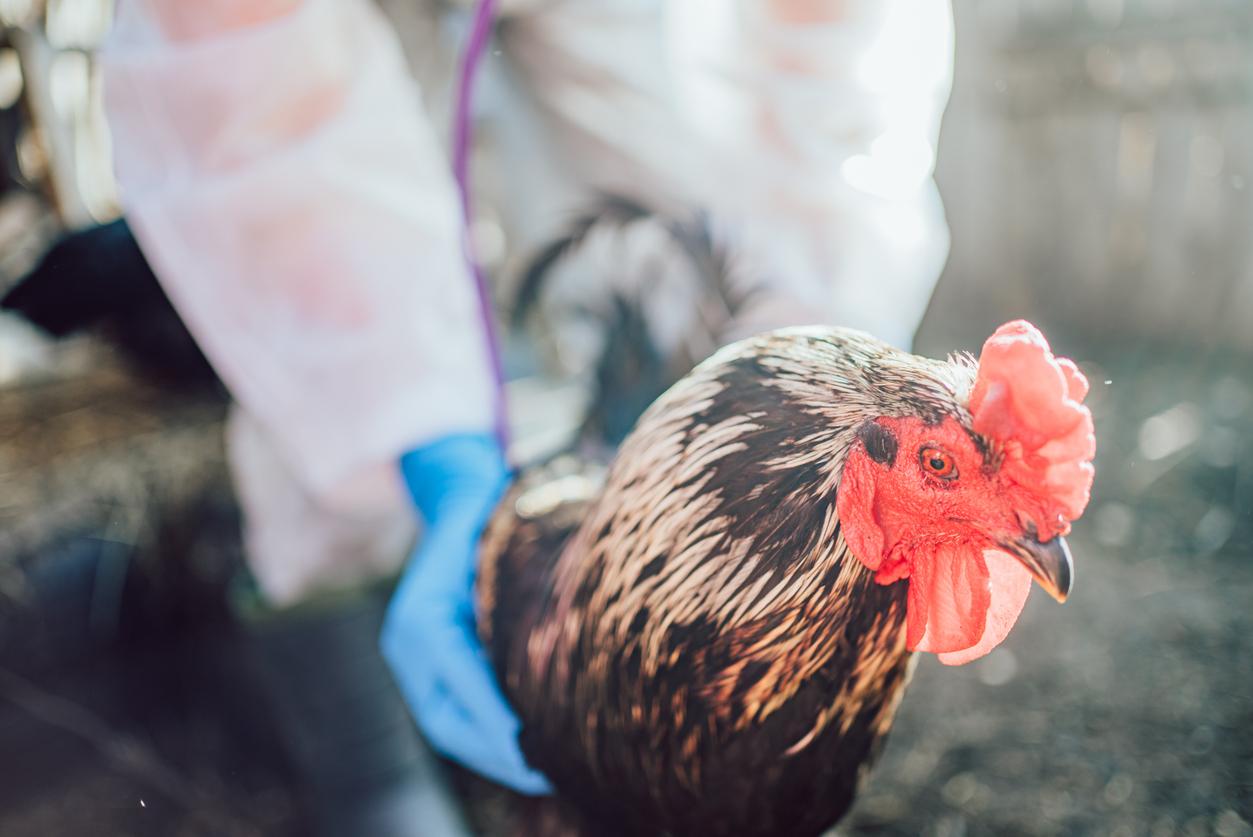Transmitted by the bite of a Culex mosquito, the most predominant in France, the West Nile virus has already raged in France. Knowing the risks well appears essential to prepare effectively for the onset of hot weather.

Should we fear, with the approach of the hot weather and the many trips that are being prepared, an epidemic of West Nile fever in France? Transmitted by the Culex mosquito (to which we also owe the transmission of the Usutu virus) the most predominant in France, West Nile fever does not sleep peacefully in Egypt, contrary to what its name suggests: in 2017, two cases were reported in south-eastern France. This year again, the risk persists.
The virus first appeared in mainland France in 1962 in the Camargue, then again in 2000. During the 2003 epidemic, seven people were affected in the Var. Asymptomatic for 80% of patients, it can nevertheless cause influenza-like illness and neurological complications that can lead to death – mortality is estimated at 2% of cases. We then speak of West Nile meningitis when it reaches its most serious stage. WHO estimates that only 1 in 150 infected people develop this severe form of the disease. West Nile virus is transmitted by mosquitoes, which are themselves infected by birds.
It mainly infects birds, but also the Hwe are, the horses, the dogs, the cats, the bats, the chipmunks, the skunks, the squirrels and the rabbits domestic workers. Man is considered an “accidental host” of the disease because he cannot transmit the virus. There is then no risk of contamination between humans.
How to recognize the Culex mosquito?
The Culex mosquito is the most predominant insect in France. Also nicknamed “domestic mosquito”, it can transmit serious diseases such as West Nile Fever or Japanese Encephalitis, as well as the Usutu virus, unlike the Anopheles mosquito, vector of malaria or the Aedes mosquito (which includes the tiger mosquito) which is a vector of dengue, Chikungunya and Zika. The Culex mosquito does not look like the tiger mosquito: it measures between 5 and 7 mm long and its wings protrude slightly from the abdomen, which is brown and ringed. The female’s body can become deformed when she is gorged with blood. It is besides that which stings the Man.
Like the tiger mosquito, the Culex appreciates rather warm and stagnant water and / or shady intraforest ponds or ditches and it is capable of biting in the middle of the day (unlike the Anopheles which only bites at night). It is therefore necessary to protect yourself in theory 24 hours a day, hence the interest of eliminating the breeding sites of your habitat, that is to say the slightest source of stagnant water, such as the bottom of gutters or even flowerpot saucers. It is indeed in these small quiet corners that the females lay their eggs. Be vigilant, wear loose clothing, put up mosquito nets. Protecting yourself against mosquitoes comes down to limiting the risks.
.

















